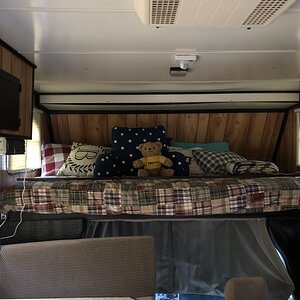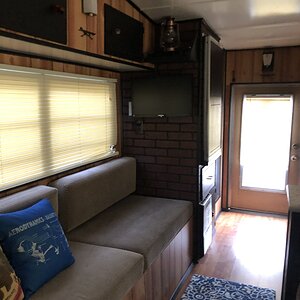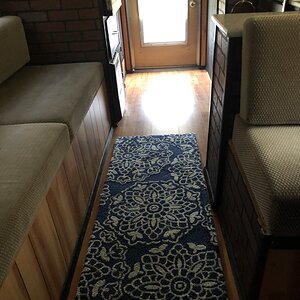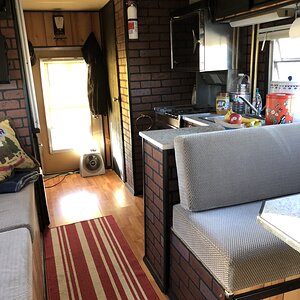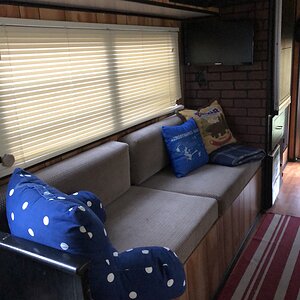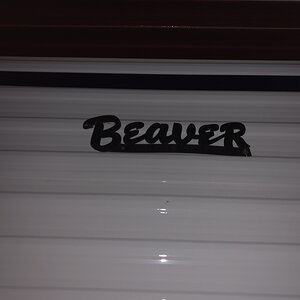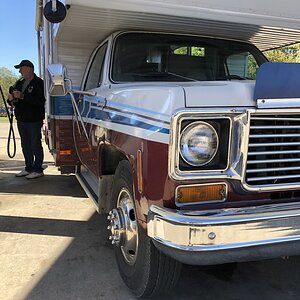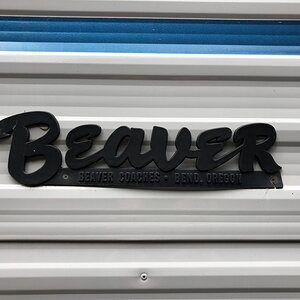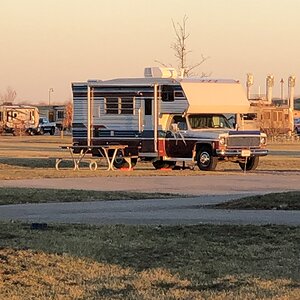newmarokie
RVF Supporter
- Joined
- Oct 8, 2023
- Messages
- 229
- Location
- southern oklahoma
- RV Year
- 2019
- RV Make
- newmar
- RV Model
- Dutch Star 4018
- RV Length
- 40'
- Chassis
- Freightliner
- Engine
- 450 hp Cummins
- TOW/TOAD
- 2017 Colorado, 2013 Dodge 1500 quad cab
- Fulltimer
- No
I was cruising down the road and got to thinking about the fan clutch/gear box design. I wonder if Cummings engineering has been questioned about putting a clutch on the accessory drive pulley that powers the gear box/fan assembly? It seems that if a strong enough clutch assembly could be had, you could use a direct drive fan and the gear box would only be used when needed. Wouldn't this drastically reduce wear and tear on the gear box?



